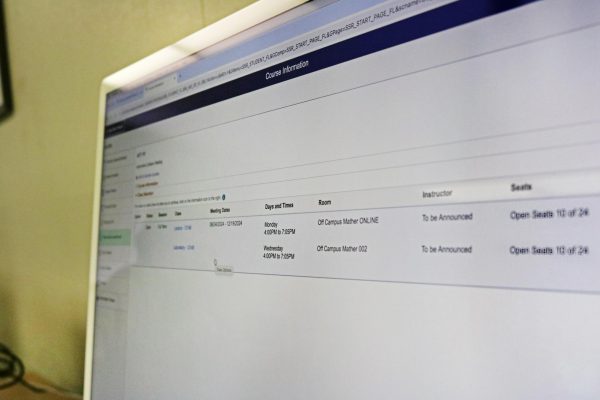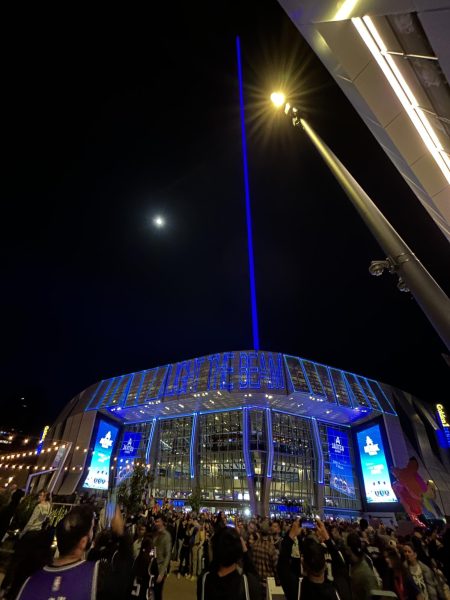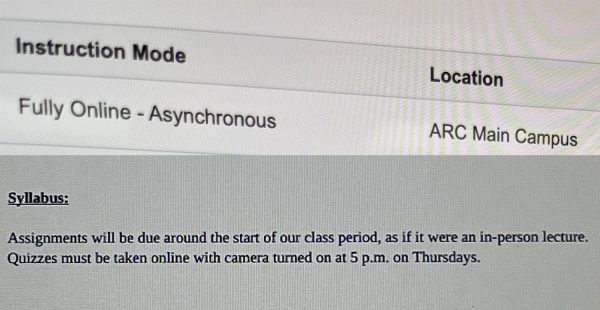Synchronous classes create unnecessary stress for already tense students
Students favor flexibility offered by asynchronous classes

With many students already struggling with time management and their household and parental responsibilities, synchronous classes provide a litany of added stressors during the pandemic. (Photo from shutterstock.com).
Although nearly all classes are currently held online due to the pandemic, one thing that is lacking across the board when comparing the formats of classes at American River College is consistency.
Some classes meet on Zoom at a set time where professors lecture as if students were back in the physical classroom–these are known as synchronous classes. Meanwhile, other courses include pre-recorded or written lectures by professors and do not meet on Zoom at all—these are called asynchronous classes. This mix of formats presents a confusing and frustrating situation for students.
Of course, not all classes are alike, and some require peer-to-peer communication in real-time. My journalism class for example, which mimics a professional newsroom, requires a synchronous format. However, most lecture-driven classes could benefit from a more flexible layout.
One example of a class with a more flexible asynchronous format is my Principles of Macroeconomics class, which I have found to be the most effectively taught class I am currently enrolled in.
The asynchronous format allows professors to pre-record lectures, which with a little editing knowledge, can provide students with more clear and concise lectures. The ability to pause and re-record parts of lectures allows professors to eliminate the regular human errors that can occur when speaking in a live setting. When pre-recording a lecture, professors can fix any mistakes that were made and ensure that each lesson is delivered with clarity.
Asynchronous classes are far superior in these trying times, especially for students that have kids. Most schools and daycares are closed or operating entirely online, which leaves most parents without any child care assistance whatsoever. Expecting student parents to attend and participate in Zoom classes at a particular time while simultaneously taking care of their kids is simply too much to ask. If you have ever tried to multitask while a child asks you endless questions, you understand how distracting this is.
Other students agree that asynchronous classes are better suited for these strange times. Antwon Ward, a computer science major at ARC, says that asynchronous classes allow students the ability to create their own schedule and better manage their lives.
“I personally feel that my asynchronous classes with pre-recorded lectures have been way more effective than my specific timed class meetings,” Ward said.
Pre-recorded lectures also allow students the freedom to learn at their own pace, which is extremely useful for those struggling with any material, he adds.
“[Being able to] rewind and rewatch the material has been even more helpful when messaging a professor, as I can now pin-point a particular time in the pre-recorded video for the professor to elaborate on if necessary,” Ward said.
Professors who choose a synchronous format for their classes are most likely hoping to achieve the same level of student participation that is common with in-person classes, but how many students are really participating in these Zoom classes? In my experience, there are maybe two or three students per synchronous Zoom class that are willing to participate and ask questions. It seems that most professors spend more time asking the class if there are any questions than they do addressing them.
While it might seem like a cop-out to some and that students might be favoring the path of least resistance, the weight of this pandemic has been extremely difficult to bear for most of us. It has become cliché, but these are unprecedented times, and we all must work together to figure out the best path forward for both students and professors. I fully believe that this path should include asynchronous classes, besides for those few that require synchronicity, that gives students all the tools they need to succeed, flexibility included.














